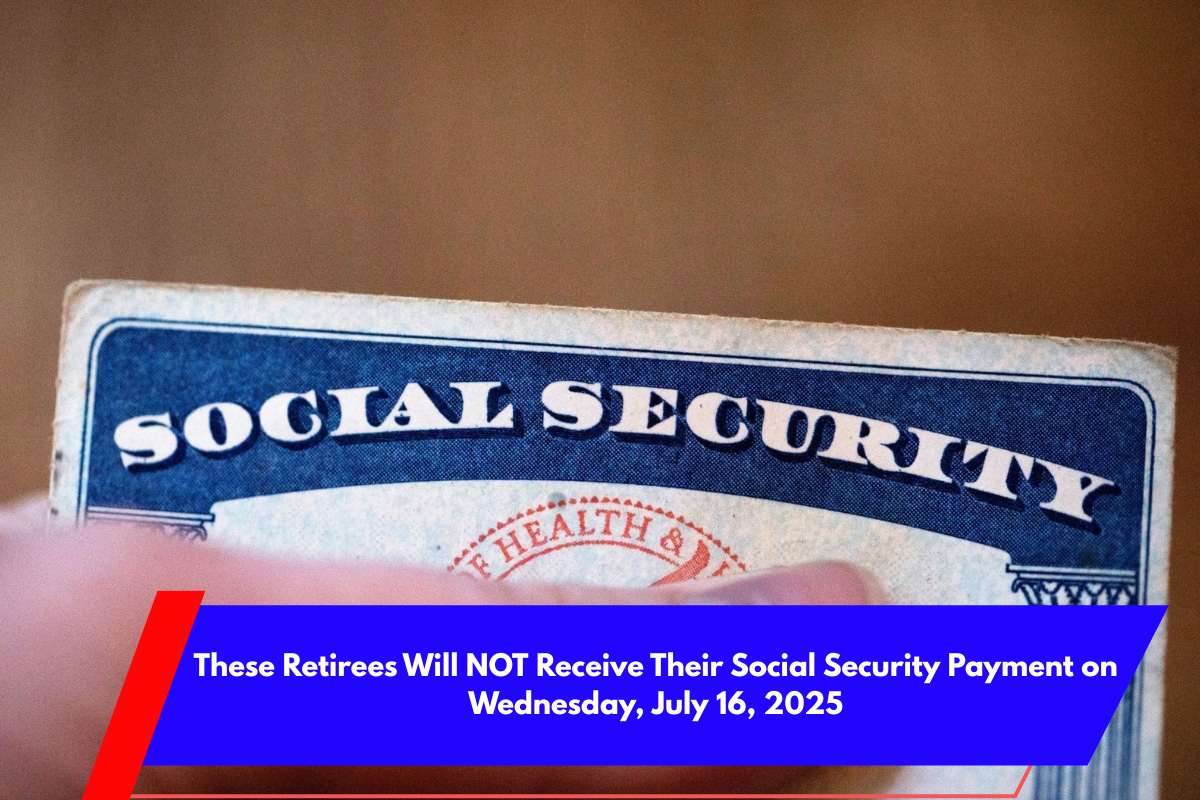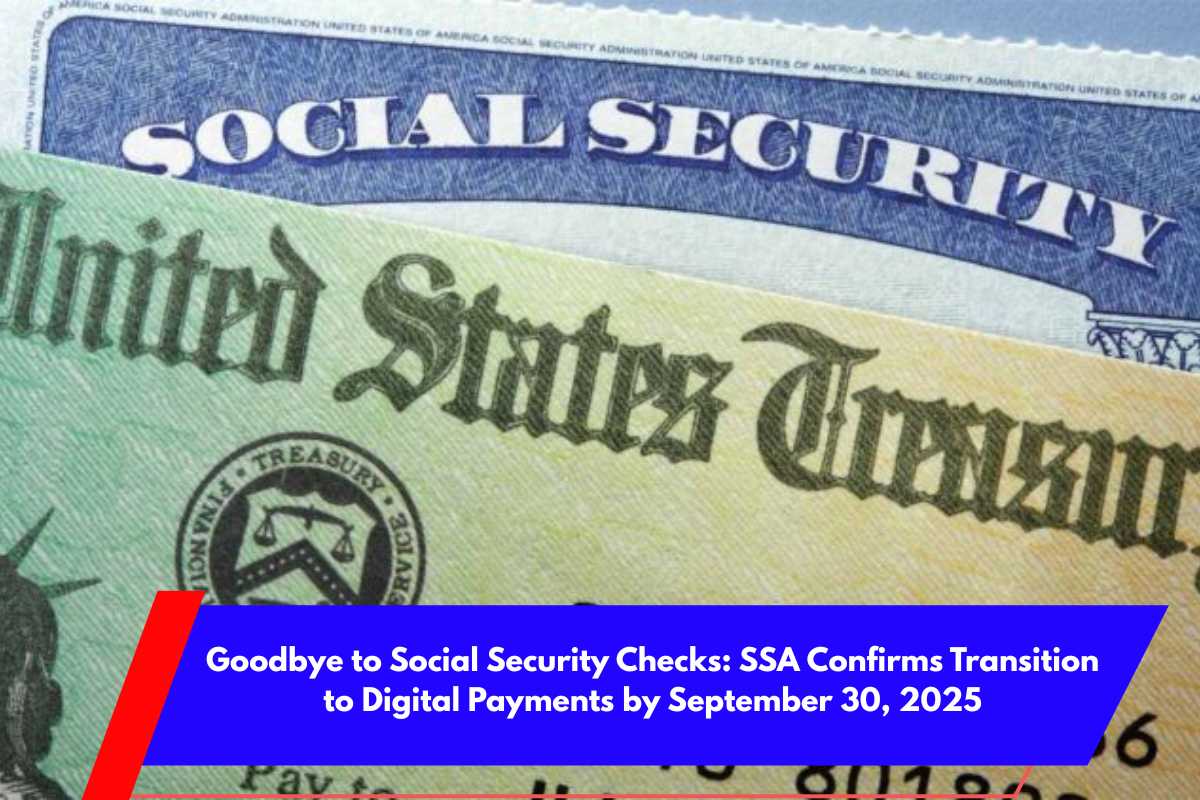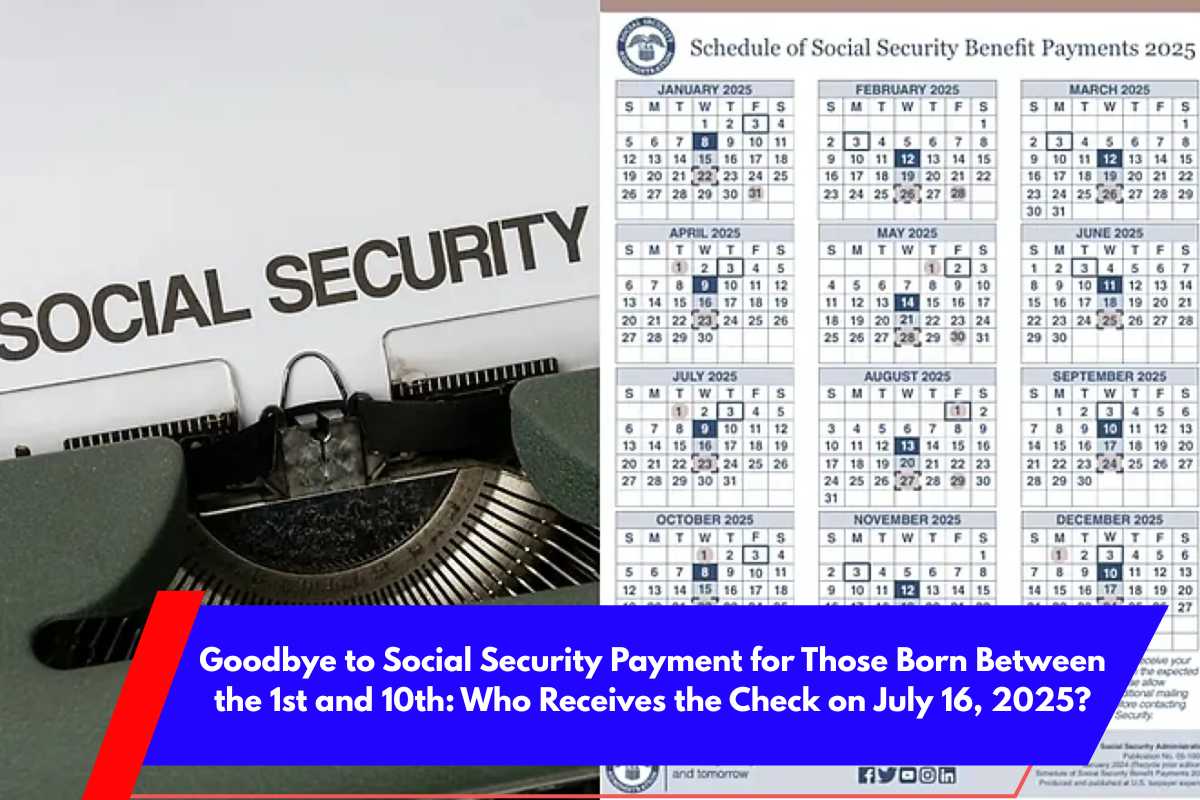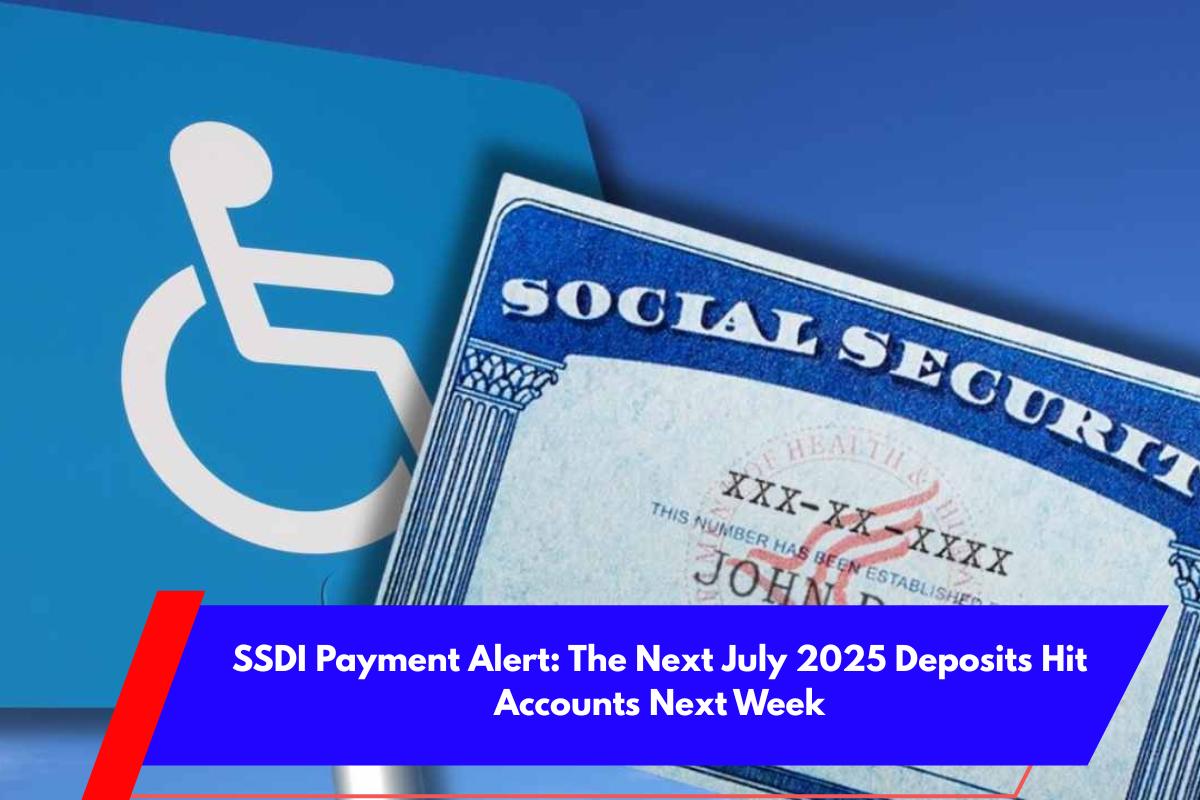In July, the Senate passed the One Big Beautiful Bill Act (OBBBA), a tax reform package that promised significant changes to how Social Security benefits are taxed.
The bill aimed to eliminate federal taxes on these benefits, but the final version is more nuanced, especially for Social Security Disability Insurance (SSDI) beneficiaries. While the law offers a temporary bonus deduction for those aged 65 and older, it leaves out many younger SSDI recipients, raising concerns about fairness and financial strain for some individuals.
SSDI & OBBBA: Will You Pay Less in Taxes?
Under the current tax system, up to 85% of Social Security benefits can be taxed if the recipient’s combined income exceeds certain thresholds. For individuals, the threshold is $25,000, and for couples, it’s $32,000. This rule, which hasn’t changed since the 1980s, means that many retirees face taxes on their benefits as they experience higher incomes in retirement.
The OBBBA addresses this issue, but not as radically as initially promised. The law introduces an additional $6,000 standard deduction for taxpayers aged 65 and older, applicable between 2025 and 2028.
This deduction is available regardless of whether the filer itemizes deductions. The result? Many seniors who rely on Social Security will pay zero federal taxes on their benefits. For instance, a single filer receiving $24,000 in annual Social Security benefits could see their deductions exceed taxable income, wiping out any tax burden on their benefits.
Impact on SSDI Recipients
However, the OBBBA’s impact on SSDI recipients is uneven. While those aged 65 and older are eligible for the full $6,000 bonus deduction, younger SSDI recipients (under 65) will not benefit from this provision.
For them, their benefits will continue to be taxed under the current system, where 85% of their SSDI benefits may be taxed if their combined income exceeds the $25,000 individual threshold or the $32,000 joint threshold.
This exclusion of younger SSDI recipients has raised concerns. Many of these individuals rely on SSDI as their primary source of income before reaching traditional retirement age. The lack of this tax break places an unnecessary financial burden on them, as they continue to face taxes on their already limited income.
Concerns About the Long-Term Impact
Beyond immediate tax relief, there are long-term concerns regarding the OBBBA. The Committee for a Responsible Federal Budget (CRFB) has warned that reducing tax revenue from Social Security benefits could accelerate the insolvency of the Social Security and Medicare trust funds.
With an estimated $100 billion in lost revenue from this provision in 2025 alone, projections suggest that Social Security could run out of money a year earlier than expected, potentially by 2032. If this happens, retirement benefits could face automatic cuts of up to 24%, unless Congress takes action.
Moreover, the temporary nature of the $6,000 deduction (which expires in 2028) raises doubts about long-term financial planning for retirees. As the law provides relief in the short term but adds uncertainty in the future, many will need to plan carefully for what happens when the benefit expires.
Tax Relief for Seniors, but a Missed Opportunity for Younger SSDI Recipients
The OBBBA’s tax reforms offer real benefits for seniors aged 65 and older, addressing the long-standing issue of Social Security taxation for this group. The White House has hailed the provision as a success, claiming that the new deduction makes “no more taxes on Social Security” a reality for most retirees.
However, the exclusion of younger SSDI recipients from this benefit highlights a significant gap in the law. These individuals, who depend on SSDI before reaching retirement age, are left behind and face continued financial strain.
What’s the Maximum SSDI Benefit in 2025?
The SSDI program provides monthly benefits to workers who can no longer work due to a severe, long-term disability. The amount a recipient can receive depends on their work history and previous earnings.
The maximum monthly SSDI benefit in 2025 is expected to be $4,018 for high-earning recipients, though the majority of SSDI recipients will receive closer to the average payment of approximately $1,580.












